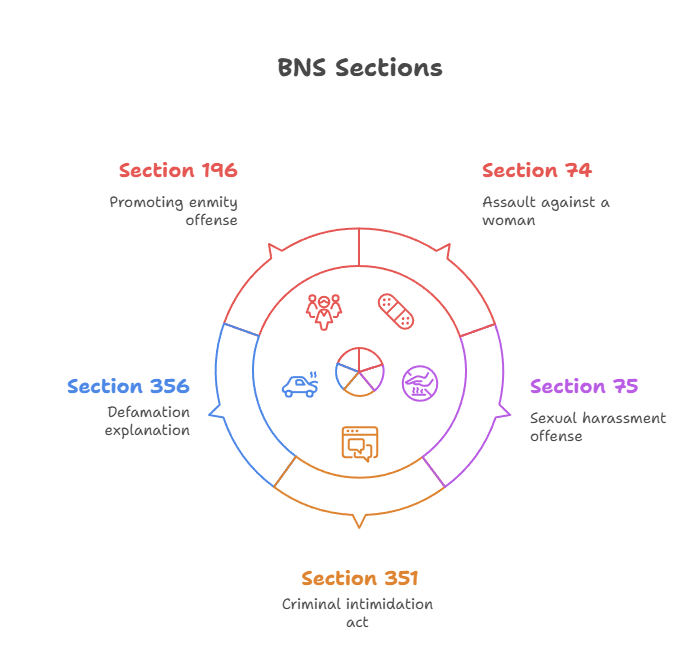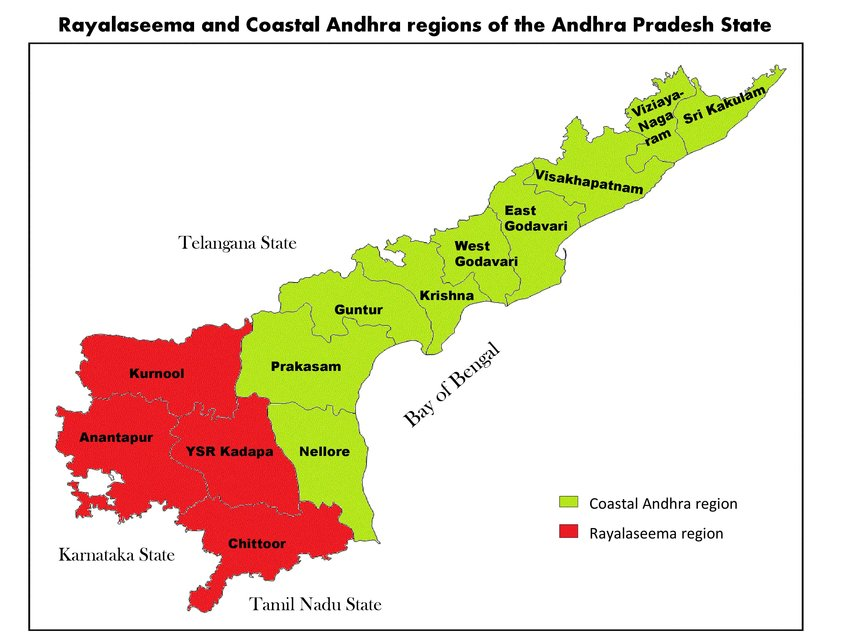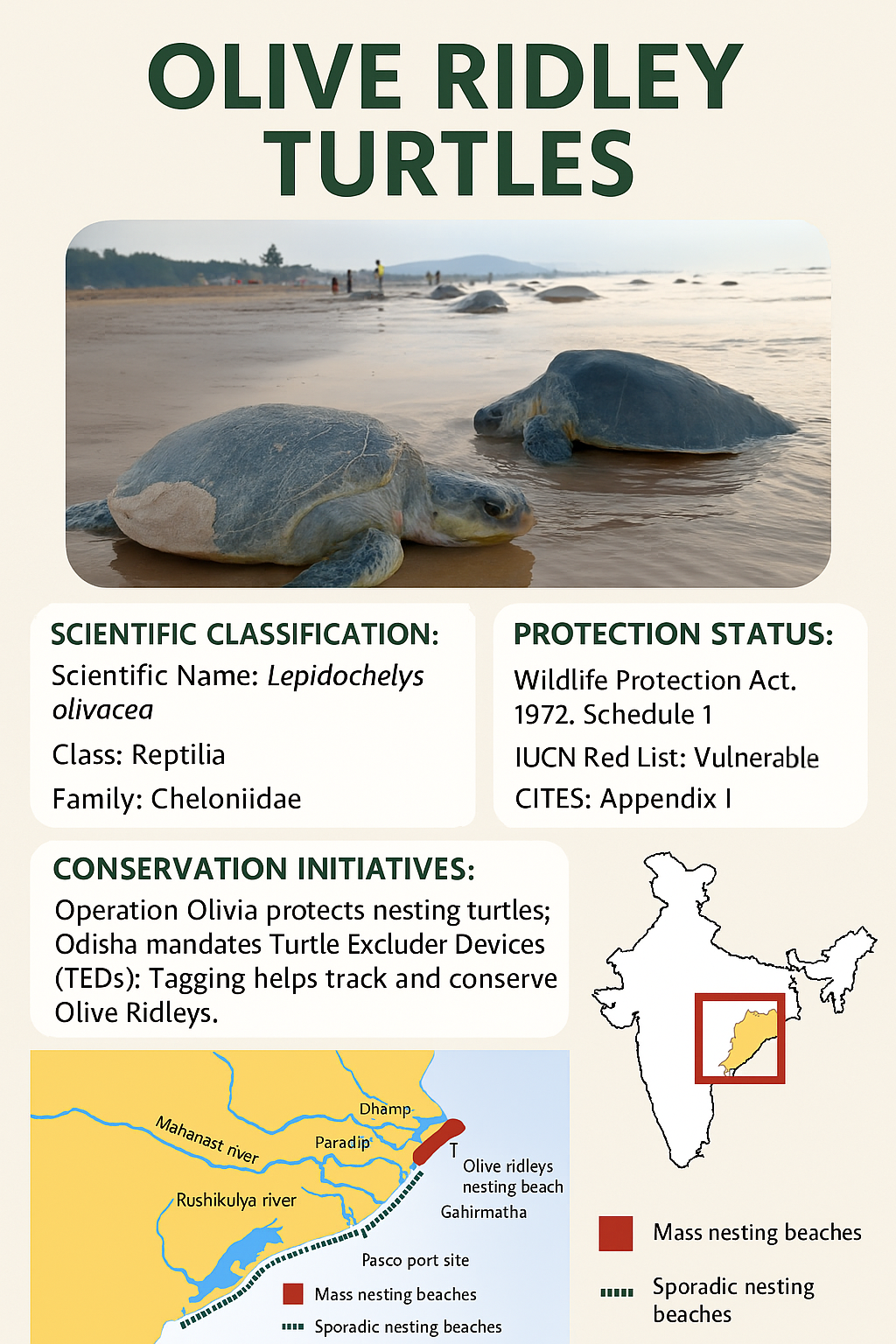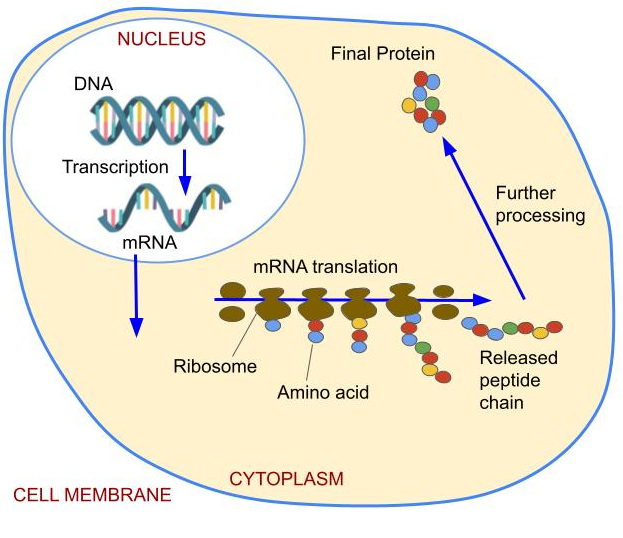Governance
Tackling Online Abuse
For Prelims: Cyber Harassment, Bharatiya Nyaya Sanhita (BNS), 2023, Information Technology (IT) Act, 2000, High Court, Supreme Court, Digital Personal Data Protection (DPDP) Act, 2023, Deepfake, Digital Literacy Program.
For Mains: Online abuse and its forms, Challenges and remedial steps to tackle online abuse in India.
Why in News?
Following the Pahalgam terror attack, a peace appeal by a victim resulted in her severe trolling. Similarly, India’s Foreign Secretary faced abusive remarks after announcing India-Pakistan ceasefire.
- It revealed India’s growing crisis of cyber harassment and weak regulation highlighting the need for legal reform, platform accountability, and victim protection.
What is Online Abuse?
- About: Online abuse (cyber abuse, digital abuse, or internet harassment) refers to any form of harmful, threatening, or demeaning behavior that occurs through digital platforms.
- It can be directed at individuals, groups, or entire communities and can take many forms, from verbal attacks and harassment to the non-consensual sharing of private information or images.
- Types:
- Cyberbullying: It is the use of digital platforms to harass, threaten, or humiliate someone repeatedly, causing emotional harm.
- Cyberstalking: It is persistent, unwanted online monitoring and harassment that causes fear, involving repeated messages, tracking activity, or using spyware and fake accounts.
- Trolling: Trolling is deliberately posting offensive or provocative messages online to upset people or disrupt conversations.
- Doxxing: Doxxing, short for “dropping dox” (documents), is the unauthorized online sharing of private information, like addresses or phone numbers, often to harass or threaten victims.
- Revenge Porn: It is sharing or threatening to share intimate images without consent, violating privacy and often used for blackmail or humiliation.
- Catfishing: It is creating a fake online identity to deceive others, often for emotional, financial, or malicious purposes.
- Status of Cyberbullying in India: India has the highest cyberbullying rate globally, with over 85% of children reported it.
- About 46% reported bullying strangers (vs. 17% globally) and 48% bullied someone they know (vs. 21%).
- Top forms include spreading false rumours (39%), exclusion from chats/groups (35%), and name-calling (34%).
- Legal Provisions to Tackle Online Abuse:
- Bharatiya Nyaya Sanhita (BNS), 2023:

- Information Technology (IT) Act, 2000:
- Section 66C: Identity theft
- Section 66D: Impersonation fraud
- Section 67: Publishing or transmitting obscene material electronically.
- Digital Personal Data Protection Act (DPDP), 2023: DPDP provides for penalties for failing to prevent data breaches leading to harassment
- IT (Intermediary Guidelines & Digital Media Ethics Code) Rules, 2021: Social media platforms must disclose the first originator of content for investigations into offences like rape, death threats, sexually explicit material, and content threatening state harmony or international relations.
- Bharatiya Nyaya Sanhita (BNS), 2023:
- Judicial Stand:
- Shaviya Sharma vs Squint Neon & Ors Case, 2024: The Delhi High Court ordered removal of tweets exposing a woman’s personal details, recognizing doxxing’s serious privacy and safety risks despite lacking specific legal status.
- Shreya Singhal v. Union of India Case, 2015: The Supreme Court struck down Section 66A of the IT Act, which criminalized “offensive” online speech, as unconstitutional—protecting free speech while emphasizing that reasonable restrictions must be narrowly defined.
- KS Puttaswamy v. Union of India Case, 2017: The Supreme Court declared privacy a fundamental right (article 21), laying the foundation to protect personal data and prevent unauthorized online disclosure or doxxing.
What are the Challenges in Tackling Online Abuse in India?
- No Dedicated Law: India currently lacks a specific law that directly addresses online hate speech and trolling comprehensively.
- Existing laws don’t cover ongoing online abuse unless it’s obscene, threatening, or fraudulent.
- Stalking laws are gender-specific (limited to men targeting women) and target individual intent, overlooking mass online harassment.
- Content Moderation Challenges: Social media companies are taking significantly fewer content screening and proactive measures to address hate speech in India compared to the US and EU.
- Platforms like Telegram are facing legal action for permitting criminal activity, while profit motives have weakened moderation, allowing hate speech to spread.
- Ambiguity over “Publicly Available Data”: The Digital Personal Data Protection (DPDP) Act, 2023 exempts “publicly available” personal data but lacks a clear definition, creating ambiguity.
- This gap may enable cybercrimes like doxxing, as fragmented data from various platforms can be easily combined for harassment or intimidation.
- Enforcement Gaps: There is lax implementation of the IT Rules in India, leading to weak enforcement of digital safety and accountability standards.
- Victims, especially of gendered abuse, face disbelief and victim-blaming, discouraging legal recourse.
What can be Remedial Steps to Tackle Online Abuse in India?
- Legal & Policy Reforms: A dedicated cyber harassment law should be enacted to clearly define and criminalize doxxing, deepfake abuse, and coordinated trolling.
- Amend the IT Act and BNS to clearly define obscene, threatening, and hate speech for clarity and to prevent misuse.
- Strengthening Enforcement: To effectively combat cybercrime, it is essential to establish specialized cyber cells and train police in areas like IP tracking and identifying anonymous accounts.
- A leading example is Kerala’s Cyberdome, which brings together police, ethical hackers, academia, and tech firms to advance cybercrime detection, digital forensics, and AI-based surveillance.
- Implement robust whistleblower protections to safeguard victims reporting online abuse from retaliation and counter-harassment.
- Tech & Platform-Level Solutions: Leverage AI-powered detection and machine learning to flag hate speech, deepfakes, and abusive trends, enabling real-time moderation of violent and sexual content.
- Implement user verification systems to penalize fake profiles and bot-driven harassment.
- Public Awareness: Implement digital literacy programs in schools and colleges to teach responsible social media use and to debunk fake news, hate narratives, and conspiracy theories.
- Launch anti-trolling campaigns promoting positive behavior and countering communal and sexist abuse through influencers and media.
- Corporate Responsibility: Platforms should adopt ethical monetization policies by stopping algorithmic amplification of hate and demonetizing abusive content creators.
- Social media firms should enforce strict monitoring of online abuse, similar to the measures implemented in the US and Europe.
Conclusion
Stopping online abuse requires strong laws, better enforcement, tech innovation, and societal change. While free speech must be protected, accountability for organized harassment, hate speech, and privacy violations is non-negotiable. A balanced approach—protecting free speech while safeguarding victims—is essential to combat cyberbullying, doxxing, and hate speech in the digital age.
|
Drishti Mains Question: Analyze the need for dedicated legislation to tackle cyber harassment and online trolling in India. |
UPSC Civil Services Examination, Previous Year Question (PYQ)
Prelims
Q. In India, under cyber insurance for individuals, which of the following benefits are generally covered, in addition to payment for the loss of funds and other benefits?
- Cost of restoration of the computer system in case of malware disrupting access to one’s computer
- Cost of a new computer if some miscreant wilfully damages it, if proved so
- Cost of hiring a specialized consultant to minimize the loss in case of cyber extortion
- Cost of defence in the Court of Law if any third party files a suit
Select the correct answer using the code given below:
(a) 1, 2 and 4 only
(b) 1, 3 and 4 only
(c) 2 and 3 only
(d) 1, 2, 3 and 4
Ans: (b)
Q. In India, it is legally mandatory for which of the following to report on cyber security incidents? (2017)
- Service providers
- Data centres
- Body corporate
Select the correct answer using the code given below:
(a) 1 only
(b) 1 and 2 only
(c) 3 only
(d) 1, 2 and 3
Ans: (d)
Mains
Q. What are the different elements of cyber security ? Keeping in view the challenges in cyber security, examine the extent to which India has successfully developed a comprehensive National Cyber Security Strategy. (2022)
Rapid Fire
Suez Canal
The Red Sea security crisis, triggered by Houthi attacks on commercial vessels, drastically disrupted shipping traffic through the Suez Canal, leading Egypt’s Suez Canal Authority to offer a discount on transit fees to incentivize the return of cargo ships amid lingering regional risks.
- Suez Canal: The Suez Canal is an artificial sea-level waterway running north–south across Egypt’s Isthmus of Suez. It is a vital international shipping route, connecting the Mediterranean Sea to the Indian Ocean via the city of Suez on the Red Sea.
- Geographically, the canal lies in northeastern Egypt, spanning the Isthmus of Suez.
- It stretches from Port Said in the north to Gulf of Suez in the south, effectively separating the African continent from the Sinai Peninsula, and forms the shortest maritime route between Europe and the Indian and Pacific Oceans.
- Significance: The canal accounts for approximately 12-15% of global trade and nearly 30% of global container traffic before the crisis. It serves as a key passage for 8-9% of global energy flows.
- India and Suez Canal: India relies heavily on the Red Sea route, with nearly 80% of export volumes to Europe transiting the canal.
| Read more: Escalating Threat in Red Sea |
Rapid Fire
Suggi Migration
Every summer, thousands of families from Rayalaseema, Andhra Pradesh undertake seasonal migration, locally known as Suggi.
- Causes for Suggi Migration: Agriculture in Rayalaseema is entirely dependent on monsoon rains (June–September). No secondary crop season due to lack of water.
- Tanks and ponds dry up during summer, leaving entire villages without drinking or irrigation water. Failed borewells and lack of irrigation projects worsen the crisis.
- Lack of non-farm jobs compels rural workers to migrate. While Mahatma Gandhi National Rural Employment Guarantee Act (MGNREGA) offers Rs 307/day in Kurnool, delayed payments make it unreliable.
- In contrast, migrant work like chilli harvesting pays around Rs 1,000/day, making it a more attractive option.
- Suggi reflects a rural economy trapped in cycles of drought, underdevelopment, and migration.
- Solutions: Irrigation infrastructure is seen as the key to breaking this cycle of seasonal distress. Experts suggest building a weir (low-head dam) to divert 50 thousand million cubic feet of Krishna water to Rayalaseema
- Rayalaseema: It is a semi-arid zone in southern Andhra Pradesh comprising Anantapur, Chittoor, Kadapa, and Kurnool districts. Rivers like Penna and its tributary, the Papagni flow through the region.
| Read more: Migration: Trends, Challenges, and Solutions |
Rapid Fire
Operation Olivia
Indian Coast Guard (ICG)’s annual operation, ‘Operation Olivia’ has achieved major success by protecting over 6.98 lakh Olive Ridley turtles nesting at the Rushikulya river mouth in Odisha.
Operation Olivia:
- It was launched in the early 1980s to protect Olive Ridley turtles during their breeding and nesting season along the Odisha coast.
- It aims to ensure safe nesting grounds for these turtles, by preventing unlawful trawling, particularly at Gahirmatha Beach and nearby coastal area of Odisha.
Olive Ridley Turtles (Lepidochelys olivacea):
- About: It is the smallest sea turtle species in the family Cheloniidae, identified by its olive or grayish-green color and heart-shaped carapace.
- Nesting:They are omnivorous and known for the mass nesting event called arribada, where thousands of females nest together, migrating up to 9,000 km over Pacific, Indian, and Atlantic Oceans.
- Major nesting sites include Gahirmatha, Rushikulya and Devi River mouth in Odisha and the Andaman Islands.
- Threats: It includes bycatch, poaching, habitat loss, plastic pollution, and climate change effects.
- Protection Status: Protected under the Wildlife Protection Act, 1972 (Schedule 1), IUCN Red List (Vulnerable), and CITES (Appendix I).
| Read More: Mass Nesting of Olive Ridley Turtles |
Important Facts For Prelims
A-to-I mRNA Editing
Why in News?
Researchers from China highlighted the process of A-to-I mRNA editing, especially in the wheat pathogen Fusarium graminearum, revealing its complex role in biology.
What is A-to-I mRNA Editing?
- DNA: DNA (Deoxyribonucleic acid) is the genetic material of organisms and has a double helix structure. It is composed of four nucleotides: adenine (A), thymine (T), cytosine (C), and guanine (G), which pair specifically (A with T, and C with G).
- The sequence of these bases carries the instructions for making proteins and Ribonucleic acid (RNA).
- Messenger RNA (mRNA): It is a type of single-stranded RNA that plays a key role in protein synthesis. It is created from DNA during the process of transcription.
- mRNA acts as a messenger by carrying genetic instructions from the DNA in the cell’s nucleus to the cytoplasm, where proteins are made.
- In the cytoplasm, the cell’s protein-making machinery (mainly ribosomes) reads the mRNA sequence.
- Each set of three bases (called a codon) corresponds to a specific amino acid. These amino acids are then linked together to form proteins, which perform essential functions in the body.
- A-to-I mRNA Editing: It is a biological process where the nucleotide adenosine (A) in messenger RNA (mRNA) is enzymatically converted to inosine (I).
- The editing is performed by enzymes called ADARs (Adenosine Deaminases Acting on RNA).
- Impact on Protein Synthesis: Inosine as result of A-to-I mRNA Editing is read as guanine (G) by ribosomes during translation, potentially altering the amino acid sequence of proteins.
Note: Transcription is the process of making an RNA copy of a gene’s DNA sequence. Translation, in genomics, is the process by which the information encoded in messenger RNA (mRNA) directs the addition of amino acids during protein synthesis.
How Does RNA Editing Compare to DNA Editing?
- RNA Editing: It is the process of correcting mistakes in messenger RNA (mRNA) after it has been synthesized from DNA but before it directs protein production.
- This process allows cells to produce normal, functional proteins despite errors in the mRNA sequence.
- RNA Editing Vs. DNA Editing: RNA editing causes temporary changes to the RNA, unlike DNA editing which permanently alters the genome.
- This temporary nature allows doctors to halt therapy if adverse effects arise, reducing long-term risks.
- RNA editing relies on ADAR enzymes naturally found in the human body, lowering the chance of immune reactions compared to DNA editing tools that use bacterial proteins.
- RNA editing is therefore potentially safer for repeated treatments and for patients with immune sensitivities.
UPSC Civil Services Examination, Previous Year Questions (PYQs)
Q1. With reference to agriculture in India, how can the technique of ‘genome sequencing’, often seen in the news, be used in the immediate future? (2017)
- Genome sequencing can be used to identify genetic markers for disease resistance and drought tolerance in various crop plants.
- This technique helps in reducing the time required to develop new varieties of crop plants.
- It can be used to decipher the host-pathogen relationships in crops.
Select the correct answer using the code given below:
(a) 1 only
(b) 2 and 3 only
(c) 1 and 3 only
(d) 1, 2 and 3
Ans: (d)



